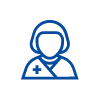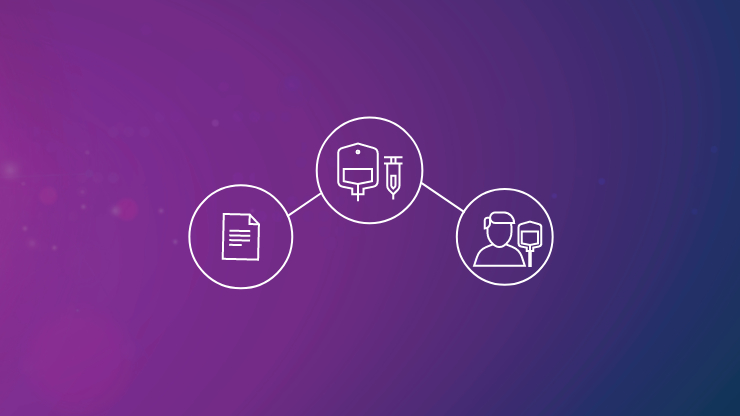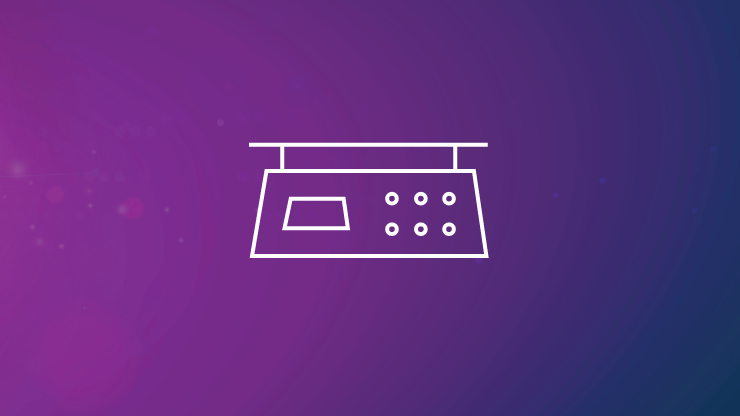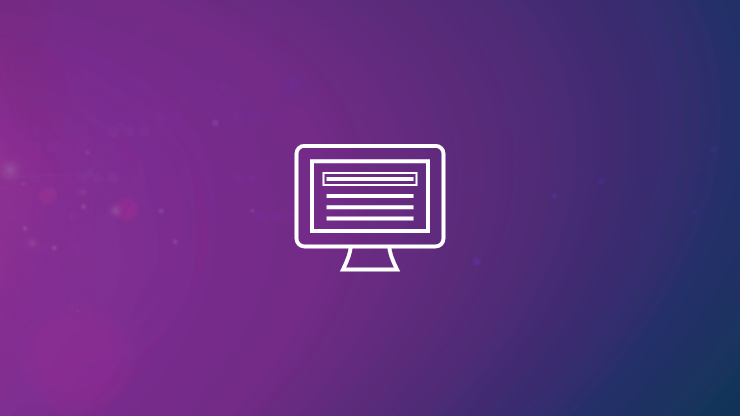Spending on oncology medication now exceeds €32 billion per annum in Europe1. Traditionally, cancer drugs have always been expensive, but the increasing cost of new drugs, such as the molecular targeting ones, has resulted in a marked increase in expenditure. Healthcare organisations are therefore constantly looking for solutions to address this challenge.
One way to help reduce drug expenditure is by the reduction of waste of oncology drugs within the pharmacy compounding process. Here, we are going to look at where this wastage originates during the process and provide solutions to help reduce waste from occurring.
Areas where drug wastage originates
- Compounding errors are often identified at the final verification stage by the pharmacist , rather than at the point they occur during the compounding process. As a result, the incorrectly prepared dose often has to be discarded and remade. This is wasteful of potentially expensive drugs, as well as being time consuming for both the compounder and the pharmacist.
- Part-used vials from compounding are often discarded due to the lack of a safe and effective way to return them to inventory.
Automated* intravenous (IV) medication workflows can reduce waste
BD Cato™ is an automated* IV medication workflow using gravimetric technology that can be used for the preparation of oncology drugs. It provides step-by-step instructions to guide the user through the compounding process, and combined with barcode scanners, gravimetric scales and cameras, helps ensure the correct preparation of a drug.
BD Cato™ identifies errors at the point they occur during the compounding process, notifying the user of them with alerts and hard-stops, and preventing the user from continuing until the error has been rectified.
The Reece 2016 study showed the benefit to a pharmacy of BD Cato™ with regards to reducing the frequency of having to remake chemotherapy doses, and the subsequent cost savings from this2. Over the study period, 51,037 chemotherapy doses were prepared without an automated workflow system, with a total of 49 errors (0.096%) reported. 15,843 doses were prepared utilising the new technology, with a total of 1126 errors (7.1%) detected. The 49 errors identified without the workflow system resulted in over $56,000 waste due to doses having to be discarded and remade. However, with the system, despite identifying 1126 errors, only $12,398 was wasted from 12 vials being rejected during reconstitution. The remaining 1,114 errors detected with the software were corrected before the final dose was completed and did not result in drug waste.
Allowing errors to be corrected before completion of the dose can therefore help reduce the waste of oncology medication.















